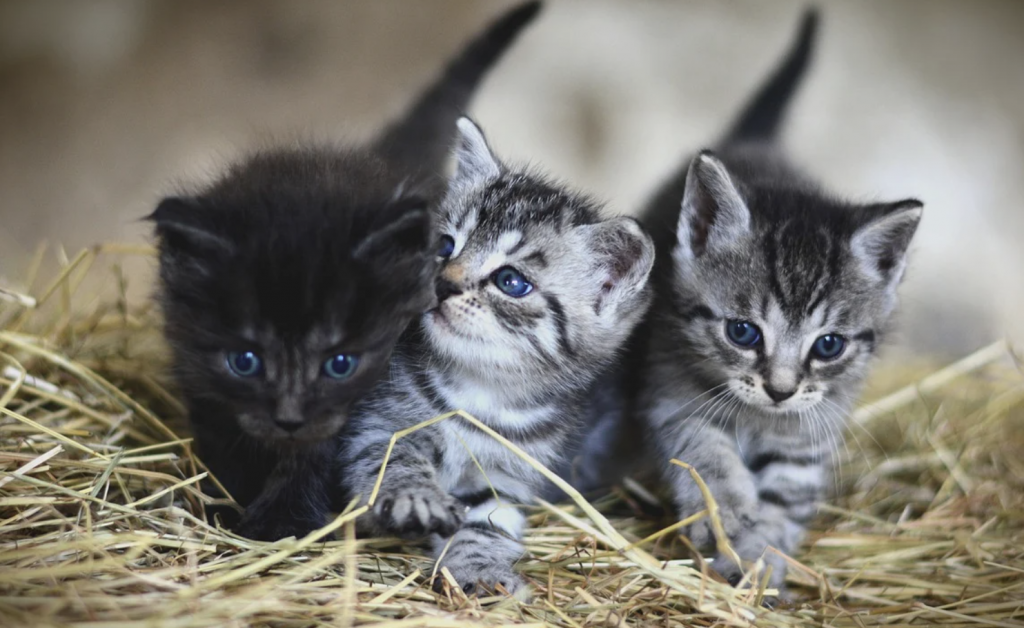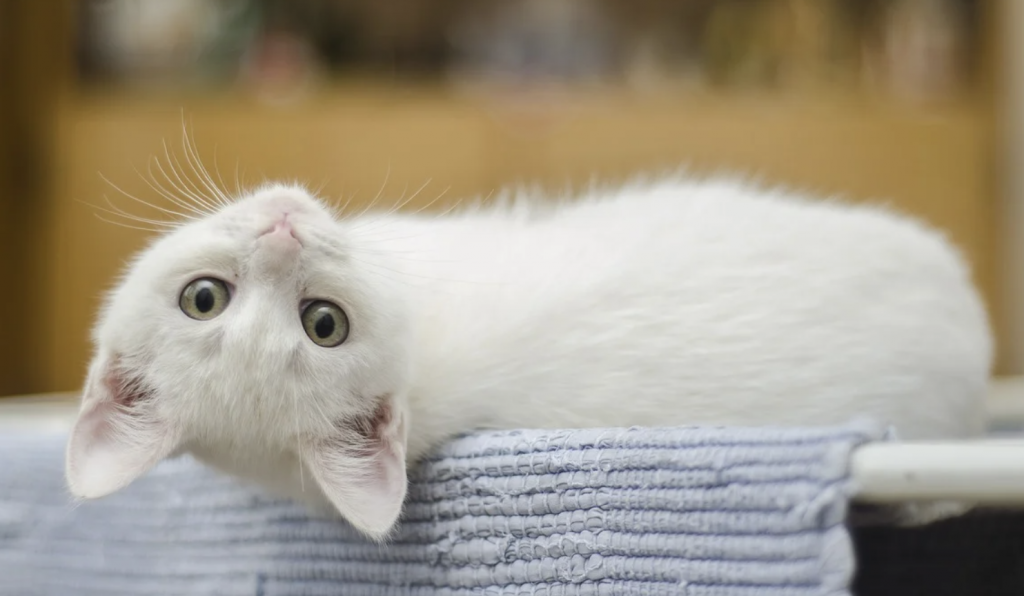Scientists Are Engineering Hypoallergenic Cats?
Much to the delight of cat allergy sufferers everywhere, scientists think they have found a way to engineer hypoallergenic cats.
This article is more than 2 years old

Science is getting seemingly closer and closer to the point where it will be commonplace for individuals to be doing such things as customizing the way their kids look and what genes they inherit. In fact, believe it or not, many people have already invested tens of thousands of dollars into cloning their pets. Now, Gizmodo reported, scientists think they have found a way to engineer truly hypoallergenic cats. This may come as welcome news to cat allergy sufferers everywhere.
With the help of well-known gene-editing software, CRISPR, scientists have isolated a protein that they believe to be the root cause for 90% of those who suffer from cat-related allergies. This protein that cats produce is known as Fel d 1. The Fel d 1 protein is heavily prevalent in cat saliva. However, because cats are frenetic self-groomers their saliva is, in turn, inevitably transferred to the surface of their fur. This means that the protein found in the saliva will be transferred along with it and those with cat allergies cannot avoid coming into contact with it. Scientists now believe that they have found a way to safely eliminate or greatly reduce the prevalence of that protein in cats. The elimination of the protein would mean the arrival of the first actual hypoallergenic cats.
Should the scientists be correct in their findings, this discovery may serve as a monumental leap forward for cat-loving allergy sufferers. Suddenly for the first time, those who have longed to dote on an adorable kitty but avoided adopting one due to allergies, could finally do so. Also, those who had to frequently take allergy medication just to be near their bouncing balls of fluff may have to no longer. It’s a big deal to suddenly be able to fully love an animal that your allergies had limited you from doing prior.
Should this hypoallergenic cats innovation come to full fruition, the public will have the brains at Virginia-based biotech company InBio to thank. After studying a total of 50 domestic cats, the researchers feel confident that they can achieve their purported goals. The researchers have communicated that “Fel d 1 is both a rational and viable candidate for gene deletion, which may profoundly benefit cat allergy sufferers by removing the major allergen at the source.”

While all of this information is as exciting as it is encouraging, the diligent minds at InBio are not quite ready to release hypoallergenic cats into the world just yet. However, there are some other options that current cat allergy suffered can leverage to keep their sniffles and sneezing at bay while in the presence of some adorable furry felines. Pet food behemoth Purina, for instance, released a food meant to reduce the presence of the very protein that the minds at InBio isolated.
The food is called LiveClear. And according to research done by Purina, if a cat consumes the LiveClear food for three weeks owners the levels of the allergic protein Fel d 1 are reduced by a value of almost 50%. As an added benefit, LiveClear is also supposed to combat the amount of dander a cat typically produces by the same amount. That could also be a win for cat allergy suffers. All in all, hope is certainly on the horizon, if not already here, for cat allergy sufferers across the globe even if scientifically engineered hypoallergic cats are not quite ready to be unleashed.











